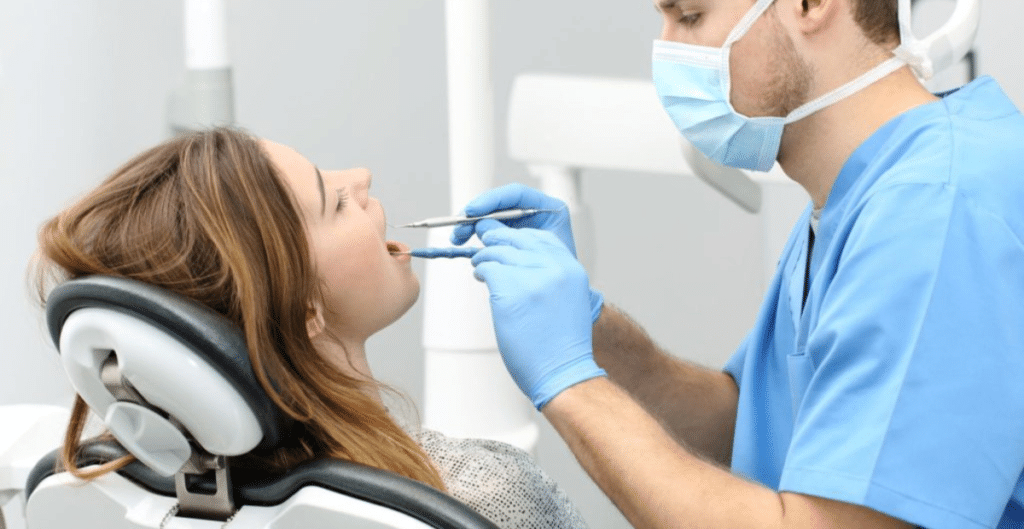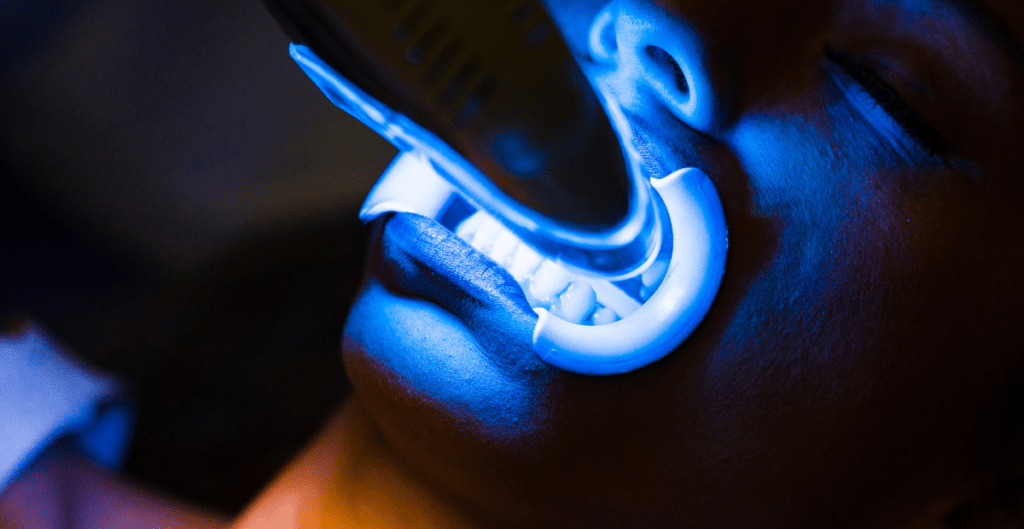Chiropractor for tennis elbow
For those with neuromuscular discomforts, understanding chiropractic therapy is crucial since it improves general health and relieves pain. Chiropractic care is a branch of health focused on diagnosing, treating and preventing musculoskeletal mechanical disorders predominantly on spine joints. Thus, chiropractic practice began in the late 19th century and has grown to be a recognized profession, with the fundamental belief that spinal health is vital to overall human health. Chiropractic care was founded in 1895, and back then it was already being practiced. Palmer, who founded this field of medicine, was convinced that any misalignment of the spine called subluxation would hinder the body’s self-healing. Scraping therapy in chiropractic manipulations became an important part of the practice, making it possible to treat the patient without surgery and relieve them of pain.
The main idea of chiropractic care is that if our joints would be positioned properly, the body would be able to heal itself without any medicines or surgery. Manipulating back with hands is a way chiropractors help by correcting it to increase its function and reduce pain. Different methods are used by chiropractors such as spinal adjustment, mobilization and soft tissue therapy whether he/she is a infant chiropractor, scoliosis chiropractor, pediatric chiropractor or a tennis elbow chiropractor.
A prevalent illness with a deceptive name is tennis elbow. This issue affects not only tennis players but also baseball players, swimmers, carpenters, plumbers, meat cutters, and anybody else who utilises their hands or arms frequently. It can hurt so much that it can be hard to lift your coffee in the morning. The article’s follow up will detail on the chiropractor’s help for tennis elbow.
What is tennis elbow?

Acute tennis elbow is brought on by inflammation, whereas chronic tennis elbow is brought on by tendon degeneration. The tendon and bony bump on the outside of the elbow will be inflamed if you have acute tennis elbow. The forearm muscles are repeatedly stressed, which causes this inflammation. Inflammation in the elbow and forearm results from the repetitive tension irritating and injuring the elbow’s tendons.
The majority of people with chronic tennis elbow is not athletes and is between the ages of 35 and 55. The most common cause of it is tendon degeneration, which results in a disorderly distribution of scar tissue in place of normal tissue. Scar tissue weakens the area and increases its vulnerability to further harm. It may occur as a result of ongoing stress.
Symptoms of tennis elbow
Elbow pain is the most typical sign of tennis elbow. The elbow is where this pain starts, and it may spread to the wrist and forearm. Wrist joint pain and weakness can also be caused by tennis elbow. Routine tasks like opening a doorknob or carrying a cup of coffee may become challenging as a result.
The elbow joint’s supporting soft tissue may also become inflamed. Moving around a lot can make this inflammation worse. Weakness and pain may ultimately result from the muscles that connect the outside of the elbow and forearm. Additionally, this may radiate to the wrist and hand.
A chiropractor’s care for tennis elbow
Tennis elbow can be effectively treated with chiropractic adjustments. In order to identify the reason of your tennis elbow, your chiropractor will initially assess the discomfort you are experiencing.
The following are some possible chiropractic treatments for tennis elbow:
- Elbow and wrist manipulations increase joint mobility and reduce joint tension and discomfort. In addition to performing elbow adjustments, a chiropractor can assist you in managing tennis elbow pain. One basic advantage of chiropractic care is that it targets the underlying source of your discomfort rather than covering it up. For long-lasting relief, a chiropractor will determine the underlying cause of your tennis elbow and provide treatment. When the elbow joints are correctly aligned, they may perform at their peak. When the elbow joint is properly positioned, there is also a decreased chance of damage.
- Myofascial release refers to the forearm muscles, which aids in the removal of inflammation and adhesions in the tendons and muscles.
- Electrical muscle stimulation is used to enhance oxygenation and aid in the healing process while reducing inflammation and muscular soreness.
- Leaning the arm and elbow: A chiropractor treating tennis elbow is likely to advise resting your arm and elbow. When the pain keeps getting worse, this works really well. You could be told to apply ice to the afflicted area in addition to resting. Your body will mend if you apply ice to the afflicted location. Additionally, it will speed up your recuperation from injuries caused by repetitive motion.
It is important to pay attention to tennis elbow. It is unlikely to go away on its own without the right care. Even the wrist and forearm may start to feel the ache. Although it’s a Band-Aid solution rather than a permanent solution, temporary bracing can help prevent tennis elbow from getting worse.
Strategies for Prevention
Here are a few ways to avoid developing tennis elbow:
1. Before engaging in any physical exercise, always stretch and warm up.
2. After working out, thoroughly cool down.
3. Be mindful of your technique in everyday activities and sports.
4. Verify that your tools and racquets meet your demands.
Chiropractic therapy might help lower the risk if you have a neck condition that might be causing it.
Final Thoughts
The pain that a person experiences around their elbow is known as tennis elbow. Another name for it is lateral epicondylitis, which is a type of elbow tendonitis. This painful condition affects tennis players, but it also affects others who use their hands or arms a lot, like plumbers, carpenters, swimmers, and baseball players. It can be extremely painful to have tennis elbow, especially while lifting things. Despite its prevalence, tennis elbow need not be chronic. You can avoid further issues, restore function, and relieve pain with the right care, which includes chiropractic adjustments. Consult a chiropractor to develop a customised treatment plan if you’re having elbow pain.



